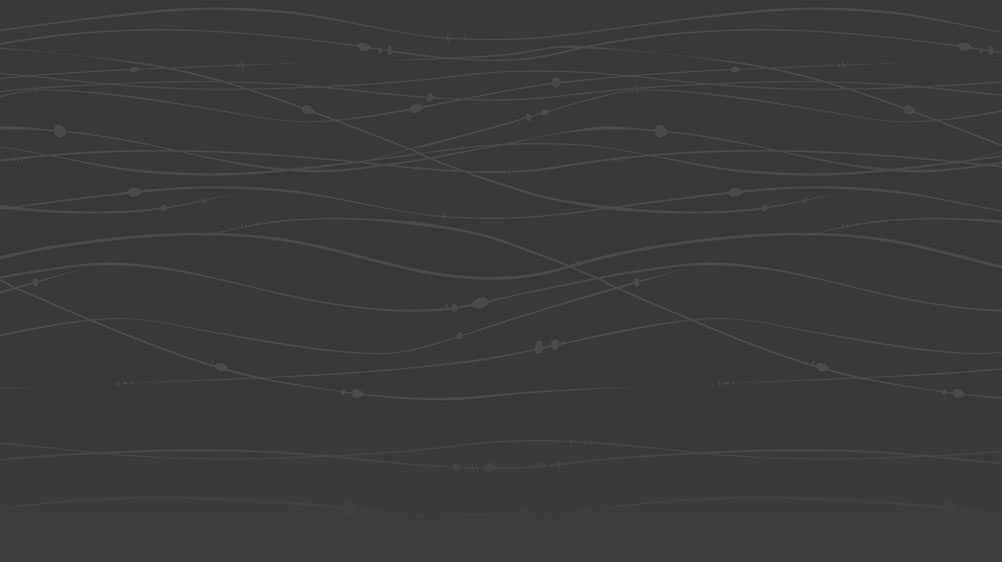

Great Lakes Center Seminar:
"Permafrost degradation and Carbon Cycling in Alpine and Arctic watersheds: an insight from Sweden"
Dr. Charlotte Roehm
Buffalo State College Great Lakes Center
Linking the processes and dynamics acting within and between terrestrial and aquatic ecosystems is crucial in order to understand the impacts of environmental change on the redistribution and transformation of energy within watersheds. Nearly 1300 Pg of carbon are stored in permafrost soils in boreal and arctic ecosystems. Permafrost thaw results in the transport and the decomposition of the 'old' C pools, providing a potential positive feedback to climate change. Little is known about the role of the 'old' terrestrial C transported from degrading permafrost regions to sub-arctic, arctic and alpine clearwater lakes and its impact on the pCO2 saturation levels and subsequent effluxes of carbon dioxide and methane to the atmosphere. The work aims to determine the potential impact of a changing climate on terrestrial-aquatic energy mobilization, using permafrost gradients as climatic proxies. While the results indicate that terrestrial sources of carbon are highly available despite being from an 'old' origin, the long term impact on aquatic metabolism will be defined by the timing and quantity of allochthonous C exported from melting permafrost watersheds. This has large implications for C balances in climatically sensitive arctic and sub-arctic regions.
Thursday, October 16, 2008
12:15 p.m.
Classroom Building C122
Students, staff and faculty welcome. Refreshments will be served.
Some content on this page is saved in PDF format. To view these files, download Adobe Acrobat Reader free. If you are having trouble reading a document, request an accessible copy of the PDF or Word Document.
